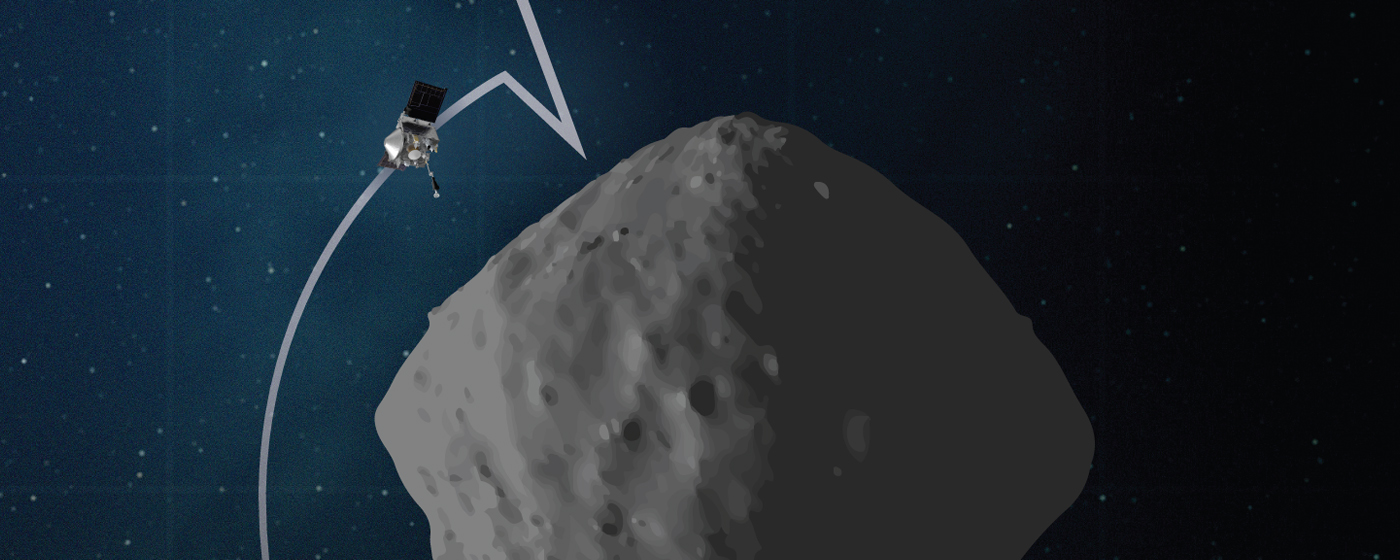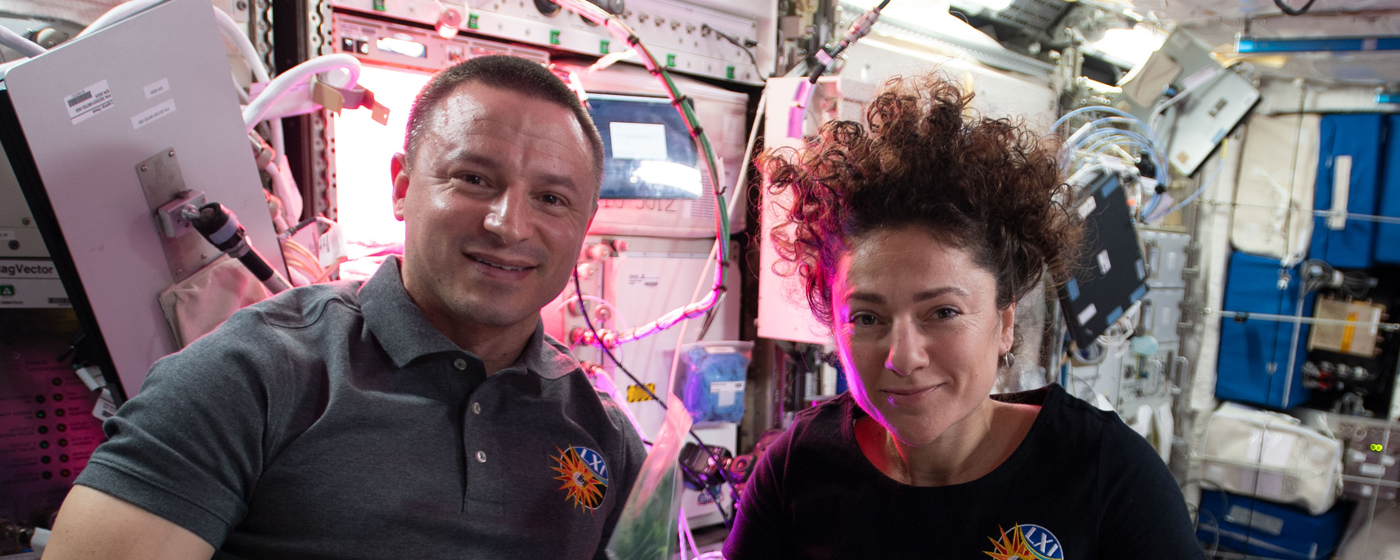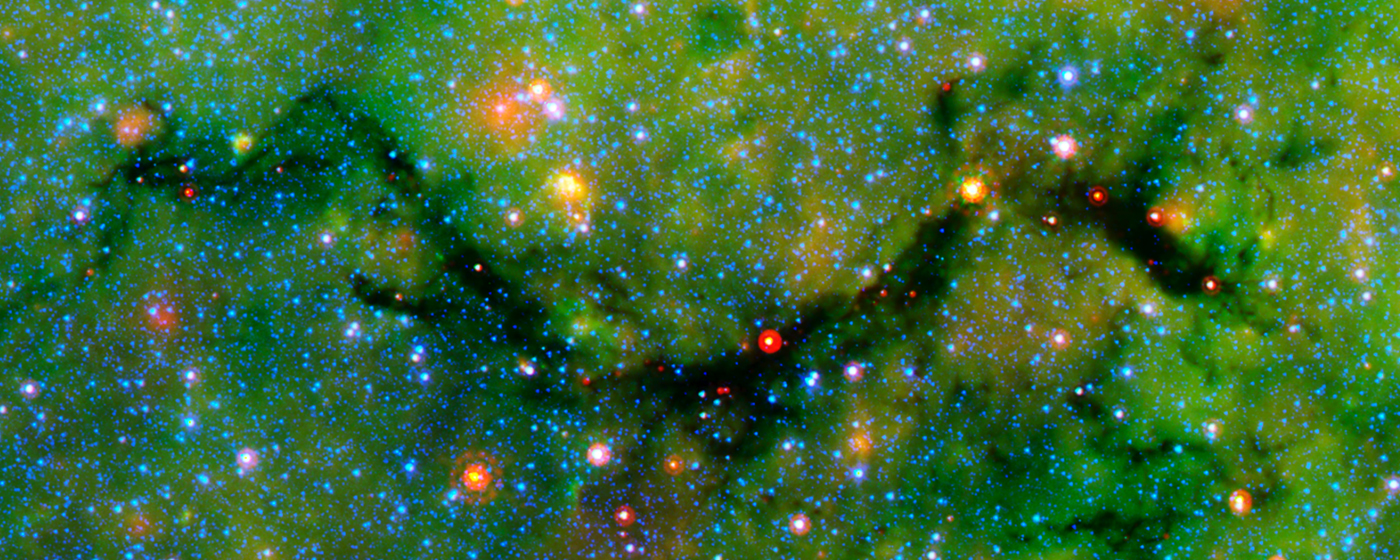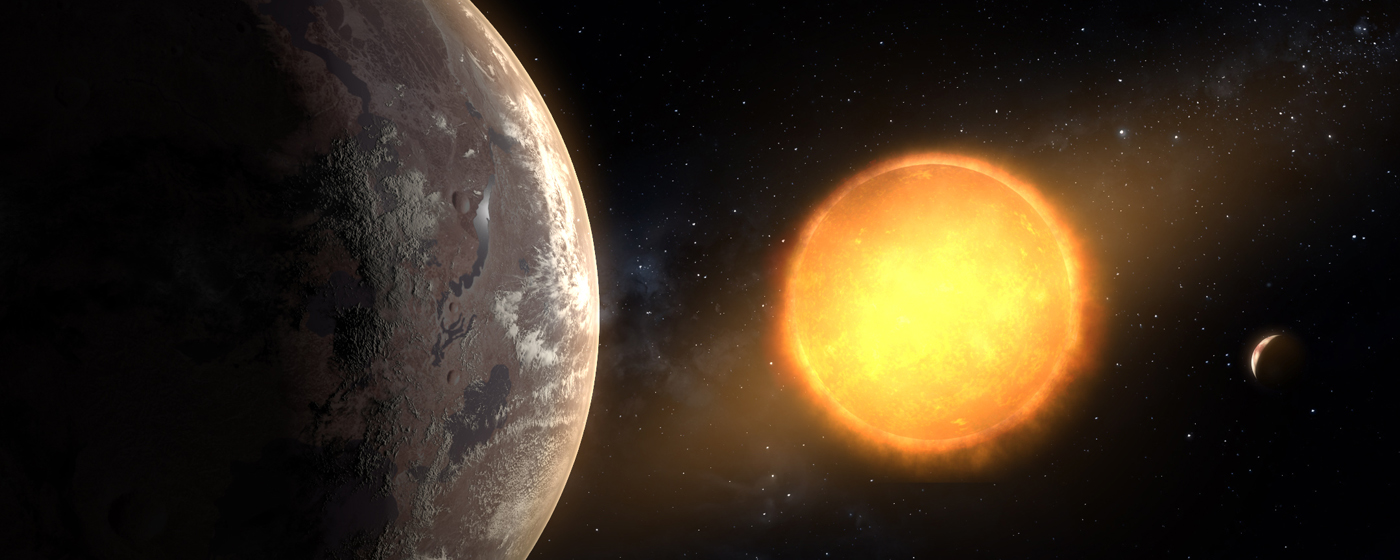
One Step Closer to Touching Asteroid Bennu
On April 14, the OSIRIS-REx spacecraft performed the first practice run of its sample collection sequence, reaching an approximate altitude of 246 feet over site Nightingale on asteroid Bennu before executing a back-away burn from the asteroid. OSIRIS-REx is the third mission in NASA’s New Frontiers Program, which is managed by the agency’s Marshall Space Flight Center in Huntsville, Alabama.

NASA Astronauts Jessica Meir, Andrew Morgan’s Scientific Journeys Aboard Space Station
NASA astronauts Andrew Morgan and Jessica Meir both spent more than 200 days in space contributing to hundreds of scientific experiments aboard the International Space Station. Take a look back at their research-filled stay in microgravity. Marshall manages science operations for the space station.

Piercing the Dark Birthplaces of Massive Stars
High-mass stars live hard and die young. They often end their short lives in violent explosions, but their births are much more of a mystery. They form in very dense, cold clouds of gas and dust, but little is known about these regions. In 2021, shortly after the launch of NASA’s James Webb Space Telescope, scientists plan to study three of these clouds to understand their structure.

Understanding Epigenetics Research in Space
A growing body of research links the ways that organisms react to their environment at a cellular level to a surprising variety of behaviors and physical changes. The mechanism is genetic, but it involves adding extra information to DNA rather than changing it. Scientists call this mechanism epigenetics, and it plays a role in changes that humans and other living things experience in space.

Earth-Size, Habitable Zone Planet Found Hidden in Early NASA Kepler Data
A team of scientists, using reanalyzed data from NASA’s Kepler space telescope, has discovered an Earth-size exoplanet orbiting in its star’s habitable zone, the area around a star where a rocky planet could support liquid water. Scientists discovered the planet when looking through old observations from Kepler, which the agency retired in 2018.
For more information or to learn about other happenings at NASA’s Marshall Space Flight Center, visit NASA Marshall. For past issues of the ICYMI newsletter, click here.
























